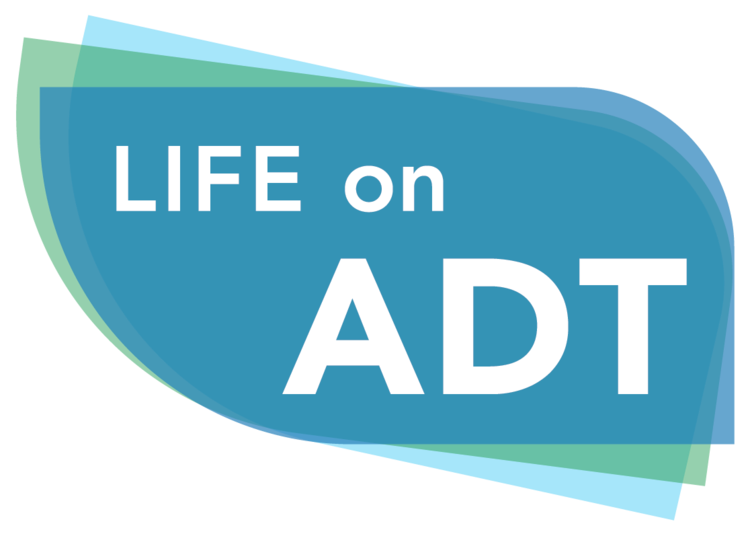An association between first line ADT agents (like Lupron, Eligard and Zoladex) and cardiovascular risk is well established, and has been discussed before in this blog and in the ADT book. But what about the risk when patients move on to the second generation agents, like abiraterone acetate (AA; Zytiga) and enzalutamide (ENZ, Xtandi)? Does that risk go up, down, or stay the same?
In order to address this question, researchers conducted a retrospective study of men on AA or ENZ with pre-existing cardiovascular diseases. The researchers analyzed data for 2,845 men treated with AA and 1,031 men treated with ENZ. All the data were from the SEER database in the USA and the study only included men over the age of 65.
Results: Men treated with AA or ENZ, who had 1-2 pre-existing cardiovascular diseases, had a 16% higher 6-month mortality rate when compared to those without pre-existing cardiovascular diseases. Men who had 3 or more pre-existing cardiovascular diseases had a 43%-56% higher 6-month mortality risk. The researchers also found that men with pre-existing hypertension, who were treated with AA or ENZ, were more likely to be hospitalized.
The second generation ADT agents are more potent than the first generation agents, but they also carry great risk of mortality from cardio-vascular disease—particularly for patients with pre-existing cardiovascular conditions. PCa patients who start on AA or ENZ need to be aware of this risk and carefully monitor potential cardiovascular-related side effects. Patients on any ADT agents need to do what they can to maintain good cardiovascular health!
To read the study abstract, please see:
Lu-Yao, G., Nikita, N., Keith, S. W., Nightingale, G., Gandhi, K., Hegarty, S. E., Rebbeck, T. R., Chapman, A., Kantoff, P. W., Cullen, J., Gomella, L., & Kelly, W. K. (2019). Mortality and hospitalization risk following oral androgen signaling inhibitors among men with advanced prostate cancer by pre-existing cardiovascular comorbidities. European Urology, pii: S0302-2838(19)30585-8. [Epub ahead of print]. doi: 10.1016/j.eururo.2019.07.031
